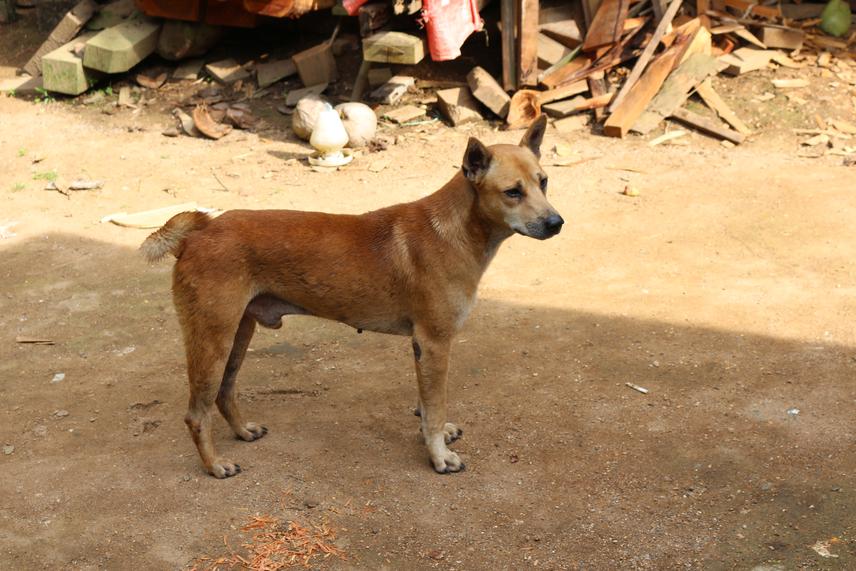Dede Aulia Rahman
Other projects
25 Nov 2013
Estimation of Density Using Capture-Recapture Analysis of Camera Trapping & Behaviour Study of a Threatened and Poorly Known Deer: The Bawean Deer (Axis kuhlii)
Dogs in the Bawean Island culture are used for guarding and protecting livestock and crop land from wild animals and thereby reducing the human- wildlife conflicts that are inevitable in areas where humans and wildlife coexists. The possible impact of dogs has never been investigated in the Indonesian protected area, and to improve the future conservation and management of the area, knowledge is fundamental, to clarify and mitigate some of the potential risks, dogs pose to the wildlife, particularly for conservation of Bawean deer. Such knowledge may be essential for the future management plans and conservation of this unique area.

As Critically Endangered specis (IUCN 2015), Bawean deers are the most isolated deer in the world and the only endemic deer species in Indonesian. The last study found that the main threats (disturbance by dogs and hunters) are ongoing in Bawean Island. The lack of long-term studies results in incomplete knowledge of the Bawean deers population and how they survive to several threats that they are facing. Bawean deer are attracted to settlements by agricultural crops, which places them at risk from dogs. The threat should be taken seriously as dogs are the main predators and became a thorny problem in conservation of Bawean deer. That knowledge is fundamental, to improve the future conservation and management of the area and mitigate dog-Bawean deer conflicts. Based on that problem, we try to find a solution through by research and conservation education activities as follows:
A. Interaction between dogs and wildlife
We attempted to interview one person per household in the rural communities in Bawean Island. The interview instrument included questions regarding dog ownership, demographics, management and interactions with wild animals (harassment and killing). We interviewed 200-300 out of 30.252 households located in the sub-district of Sangkapura (17 villages) and Tambak (13 villages). Information collected related on dogs and interaction form between dogs and wild animals were observed by communities. We used the survey to determine whether domestic dogs were become uncontrolled/unrestricted and killing threatened species. It will be useful to apply the result of study to help the authority in establish a strategic approach to mitigating the impacts of free-ranging dogs to the conservation of Bawean deer. This project will provide a scientific-based data related on spatial and temporal activity, both wild animals and dogs that can be used as basic for monitoring of condition of the Bawean deer population and to control the population of the domestic dogs that became wild. The results of this project also will be published through presentation, report and research paper that can be important for science community to conduct further observation and research in other area that are facing the same threats.
B. Outreach program
Outreach program at the end of project has potential to increase local community awareness about Bawean deer and the importance to conserve them and their habitat where we expected they can deliver conservation messages to the other as long term conservation support from the roots.